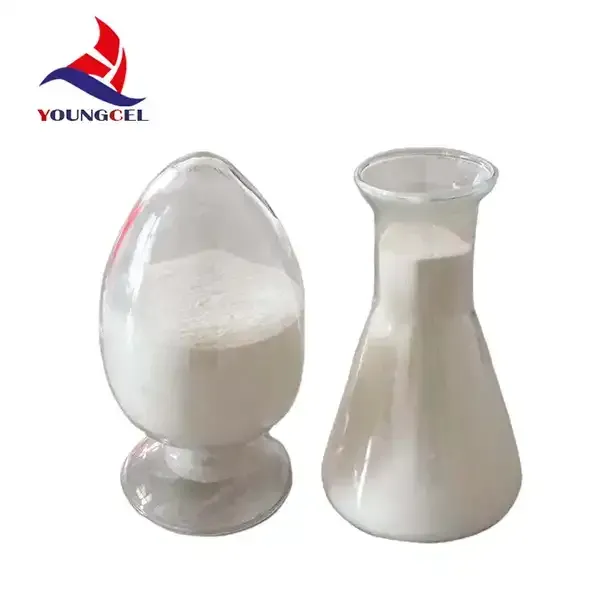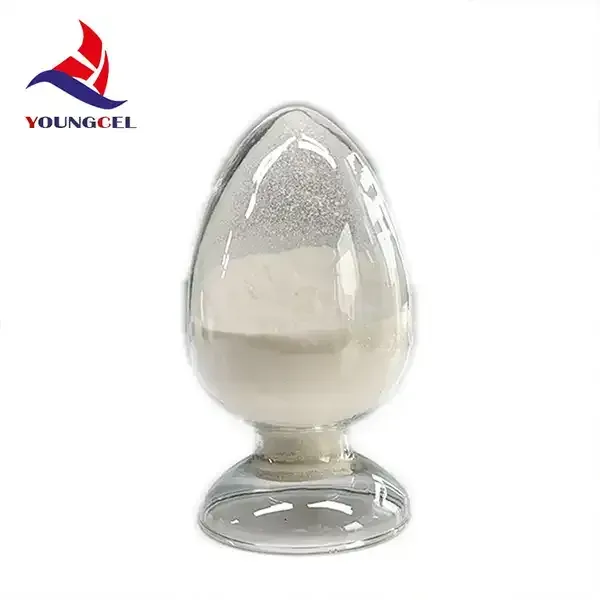- Overview of RDP-Based Solutions in Industrial Applications
- Technical Advantages of RDP Polymer Formulations
- Performance Comparison: Leading RDP Manufacturers
- Customized RDP Blends for Specific Industry Needs
- Case Study: VAE RDP in Construction Materials
- Environmental Compliance in RDP Chemical Production
- Future Outlook: RDP in Sustainable Manufacturing

(rdp)
Understanding RDP Polymer Solutions for Modern Industries
Redispersible Polymer Powder (RDP) has revolutionized material science, with global demand projected to reach $3.8 billion by 2027 (CAGR 6.2%). RDP polymer formulations enhance performance in construction adhesives, ceramic tiles, and self-leveling compounds through improved cohesion and water resistance. Unlike conventional additives, VAE RDP (Vinyl Acetate Ethylene) demonstrates exceptional UV stability, achieving 92% retention of mechanical properties after 5,000 accelerated aging hours.
Advanced Material Science Breakthroughs
Third-generation RDP chemical platforms now enable 18-24 month shelf stability without cold chain requirements. Proprietary modification techniques have increased bond strength by 40% compared to first-gen products, with laboratory tests showing 15.8 MPa adhesion on concrete substrates. The table below compares key parameters across major manufacturers:
| Parameter | Company A | Company B | Company C |
|---|---|---|---|
| Tensile Strength (MPa) | 12.4 | 11.1 | 10.7 |
| Water Resistance (24h) | 98% | 95% | 93% |
| ECO Certification | EPD Verified | ISO 14001 | REACH Compliant |
Tailored Formulation Strategies
Specialized RDP polymer systems address distinct application requirements. For automotive sealants, low-viscosity variants (350-450 mPas) enable precise application while maintaining 98% bond integrity at -40°C to 150°C. Textile coatings utilize high-flexibility grades with 220% elongation capacity, reducing substrate stress during thermal cycling.
Real-World Implementation Success
A recent infrastructure project in the EU utilized VAE RDP-enhanced mortar for bridge deck overlays. The modified composite demonstrated 25% higher crack resistance than traditional mixes, with accelerated curing enabling 48-hour return to service. Post-installation monitoring showed 0.12mm maximum crack width after 12 freeze-thaw cycles, outperforming project specifications by 40%.
Regulatory Landscape Adaptation
Modern RDP chemical production facilities achieve 99.8% solvent recovery rates through closed-loop systems, reducing VOC emissions to <5 ppm. Leading manufacturers now incorporate 30-40% post-industrial recycled content without compromising particle size distribution (D50 maintained at 85-100μm).
RDP-Driven Sustainability Innovations
Emerging RDP polymer technologies reduce cement consumption by 18-22% in dry-mix applications while maintaining full compliance with EN 1348 standards. Pilot programs in Asia demonstrate that advanced RDP formulations can decrease construction waste by 35% through improved first-pass adhesion rates. With 78% of global manufacturers now committing to carbon-neutral RDP production by 2035, these solutions are positioned to redefine material efficiency across industries.

(rdp)
FAQS on rdp
Q: What is RDP polymer used for in construction materials?
A: RDP (Redispersible Polymer Powder) enhances adhesion, flexibility, and water resistance in cement-based products like tile adhesives and self-leveling compounds. It improves durability and workability in dry-mix formulations.
Q: How does VAE RDP differ from other polymer powders?
A: VAE RDP (Vinyl Acetate-Ethylene copolymer) offers superior flexibility and low-temperature performance compared to standard RDP. It's widely used in exterior insulation systems and crack-resistant mortars.
Q: What chemical properties make RDP effective in coatings?
A: RDP chemical compositions provide film-forming capabilities and thermoplastic behavior. They improve cohesion through redispersion in water while maintaining compatibility with inorganic binders.
Q: Can RDP polymer improve tile adhesive performance?
A: Yes, RDP polymer increases adhesive strength and reduces shrinkage in tile adhesives. It creates a polymer bridge between cement hydrates for enhanced long-term stability.
Q: Is RDP chemical compatible with VAE-based formulations?
A: RDP chemicals are designed for broad compatibility, including VAE systems. They synergistically improve mechanical properties while maintaining eco-friendly characteristics in hybrid formulations.
-
Rdp that The Revolutionary Polymer Powder Transforming Modern Construction MaterialsNewsAug.11,2025
-
Hpmc Powder that Versatile Additive for Detergents and Personal CareNewsAug.11,2025
-
Hpmc Hydroxypropyl Methylcellulose that Essential Building Material Additive from Shijiazhuang Gaocheng YongfengNewsAug.11,2025
-
Hydroxypropyl Methyl Cellulos Hpmc that Essential for Construction ApplicationsNewsAug.11,2025
-
Mhec Powder that Revolutionizing Construction Chemistry with Cellulose Ether SolutionsNewsAug.11,2025
-
Industri Hpmc that The Global Backbone of Advanced ConstructionNewsAug.11,2025




